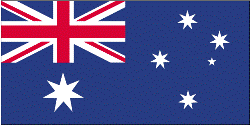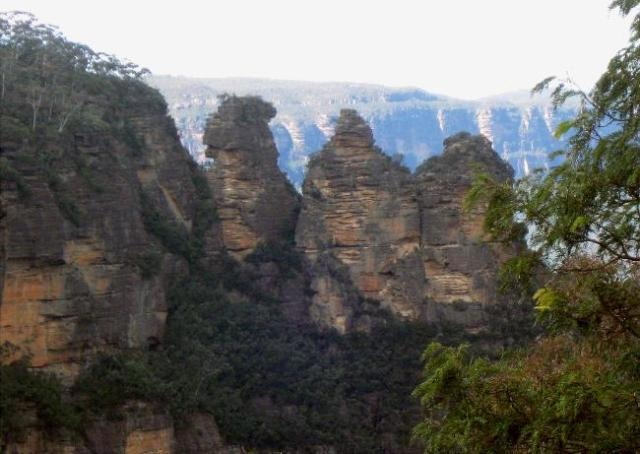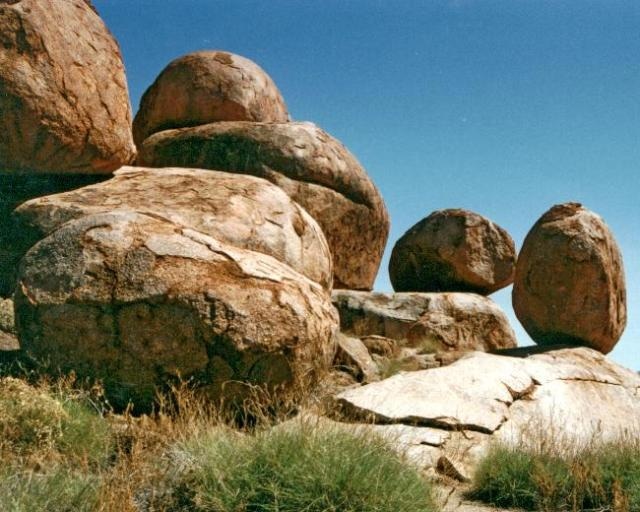Jul 11 2012
Australia is an island continent located between the South Pacific Ocean and the Indian Ocean with a population of over 23 million, as estimated in 2018. It is the sixth largest country in the world with a total area of 7,741,220 km2. The climatic conditions in the country generally vary from arid to semiarid.
Australia has vast natural resources such as tungsten, nickel, uranium, silver, gold, tin, copper, iron core, bauxite, rare earth elements, petroleum, natural gas, diamonds, lead, zinc, and mineral sands. It is the largest exporter of coal in the world.
After a major economic collapse in 2008 and early 2009, the country’s mineral and energy sector recovered in late 2009, with the mining sector becoming a key contributing factor to the country’s economic development. Australia’s economy grew by 2.7% in 2010, 1.8% in 2011, and 2.9% in 2017 to 2018. The country’s GDP as per 2017 estimates is A$1.69 trillion. According to experts, the budget deficit of the country is likely to drop below 4.2% of GDP, thanks to its improved economy.
 |
| The national flag of Australia. Image Credits: CIA Factbook |
Overview of Resources
Australia is awash with mineral resources such as lead, zinc, uranium, silver, nickel, brown coal and mineral sands including zircon and rutile.
The major credits of Australia in the natural resource arena are the following:
- Largest producer of bauxite and alumina in the world
- Second largest producer of zinc, lead, and uranium
- Third largest producer of gold, manganese ores, nickel, and iron ore
- Fourth largest producer of copper, silver and black coal
Half of Australia’s export income comes in the form of mineral export revenues. The value of the country’s total mineral exports increased from $45.9 billion in the year 2002 – 2003 to a whopping $139.4 billion in the year 2008 – 2009. Major minerals exported were gold, nickel, copper, bauxite/aluminum, iron ore, and coal.
Industrial Minerals
Almost 85% of the cement production in Australia is handled by three major companies: Cement Australia Pty Ltd, Blue Circle Southern Cement Ltd, and Adelaide Brighton Cement Pty Ltd. Other small independent companies use imported clinkers for producing cement, which account for the remaining 15% of total production.
Talison Lithium is a major Australian company producing chemical-grade and technical-grade lithium. The company carries out mining operations at the Greenbushes mine and its output capacity is nearly 740,000 tons per year (t/yr) of lithium concentrates.
Australia is also rich in rare earth reserves. Lynas Corp. Ltd commenced mining the Central lanthanide pit in 2010 to produce rare-earth concentrates at a target grade of 36%. Also, a joint venture between Mintech Chemical industries Pty Ltd and Alkane resources Ltd was established to produce zirconium oxychloride at the rate of 10,000 and 12,000 t/yr. The Dubbo deposit is rich in mineral resources that amount to about 73.2 Mt at average grades of 0.75% rare earth oxide, 1.96% zirconium oxide, 0.46% niobium oxide, 0.04% hafnium oxide, and 0.14% yttrium oxide.
Metals
Australia has vast reserves of metals such as copper, aluminum, and gold. The country is the leading producer of bauxite and alumina in the world. The major bauxite mines are located at the following places in Australia:
- Gove Mine in the Northern Territory
- Weipa Mine in the northern part of Queensland
- The Huntly, the Willowdale, and the Worsley Mines in Western Australia

The Three Sisters sandstone rock formation in the Blue Mountains. Image Credits: CIA Factbook
In 2010, bauxite produced from Western Australia accounted for 62% of total output, Queensland accounted for 28% and the Northern territory accounted for 10%. All alumina refineries in Australia are situated near these bauxite mines. About 60% of the total alumina output is contributed by Western Australia. In the year 2010, about 8 million metric tons of bauxite and 16.7 metric tons (Mt) of alumina were exported by the country.
Australia is one among the top three producers of iron ore in the world. Iron ores are mined at the following places in Australia:
- Pilbara region of Western Australia, which constitute 96.8% of the total iron ore output in the country
- South Australia, which constitutes 2%
- Northern Territory, which constitutes 0.6%
- Tasmania, which constitutes 0.6%
Australia exports over 90% of the iron ore to Asian countries such as Taiwan, Republic of Korea, Japan and China.
Australia is one of the top four producers of gold in the world. Their gold mines are present in the following states:
- Western Australia, which constitutes 69.4% of the country’s total gold output
- New South Wales, which constitutes 11.5% of the total
- Queensland, which constitutes 6.1%
- Northern Territory, which constitutes 4.1%
- South Australia, Victoria, and Tasmania share the remaining 8.9%.
Fossil Fuels
Australia is the leading exporter of coal in the world. New South Wales and Queensland are the major states in the country that produce coal. The coal output from Queensland accounted for 53.9% of the total coal output in Australia and that of New South Wales accounted for 43.3% of the total output. Over 300.3 Mt of coal including 159.0 Mt of metallurgical coal and 141.3 Mt of thermal coal has been exported by the country in 2010.
The Australian government has planned to increase coal export to 325 Mt by 2014 with the help of some new coal mines expected to come up in the near future. The country’s major thermal coal importers include Japan, Republic of Korea and Taiwan.
Investment
Australia's rich and vast natural resources attract a lot of foreign investment. In an attempt to keep up with the increasing demand for mineral resources, expenditures for mineral exploration are likely to increase in the future.

Granite boulders at Devils Marbles Conservation Reserve in the Northern Territory. Image Credits: CIA Factbook
A number of major projects including Xstrata’s Mangoola coal project, Clermont and Kestrel coal projects, Mesa A iron ore projects, Rio Tinto’s Brockman 4, Hope Downs, Fortescue Metals’ iron ore project, Hamersley Iron’s Yandicoogina iron ore expansion, BHP Billiton’s RGP iron ore project and Yarwun Alumina Refinery project were scheduled to be rolled out in order to meet the production demands.
The country had also invested in a US$40 billion Gorgon Liquid Natural Gas project in 2009 and the construction was completed in 2017. Also, in the gold sector, significant investments such as YtC Resources Ltd.’s Hera project, Navigator Resources Ltd.’s Leonora project, and Crocodile Gold Corp.’s Northern territory project aim to expand gold production.
However, the infrastructure of the country needs improvement in order to support export growth. According to experts, Australia will remain a major exporter of fuels and minerals and the mineral resource rent tax and a carbon tax would not influence investment in the Australian mineral industry.
Disclaimer: The Author of this article does not imply any investment recommendation and some content is speculative in nature. The Author is not affiliated in any way with any companies mentioned and all statistical information is publically available.
Sources and Further Reading
This article was updated on the 12th April, 2019.